Mental Model
Components have become the fundamental building blocks for modern application development. These components are organized into a tree structure that represents your application's UI.
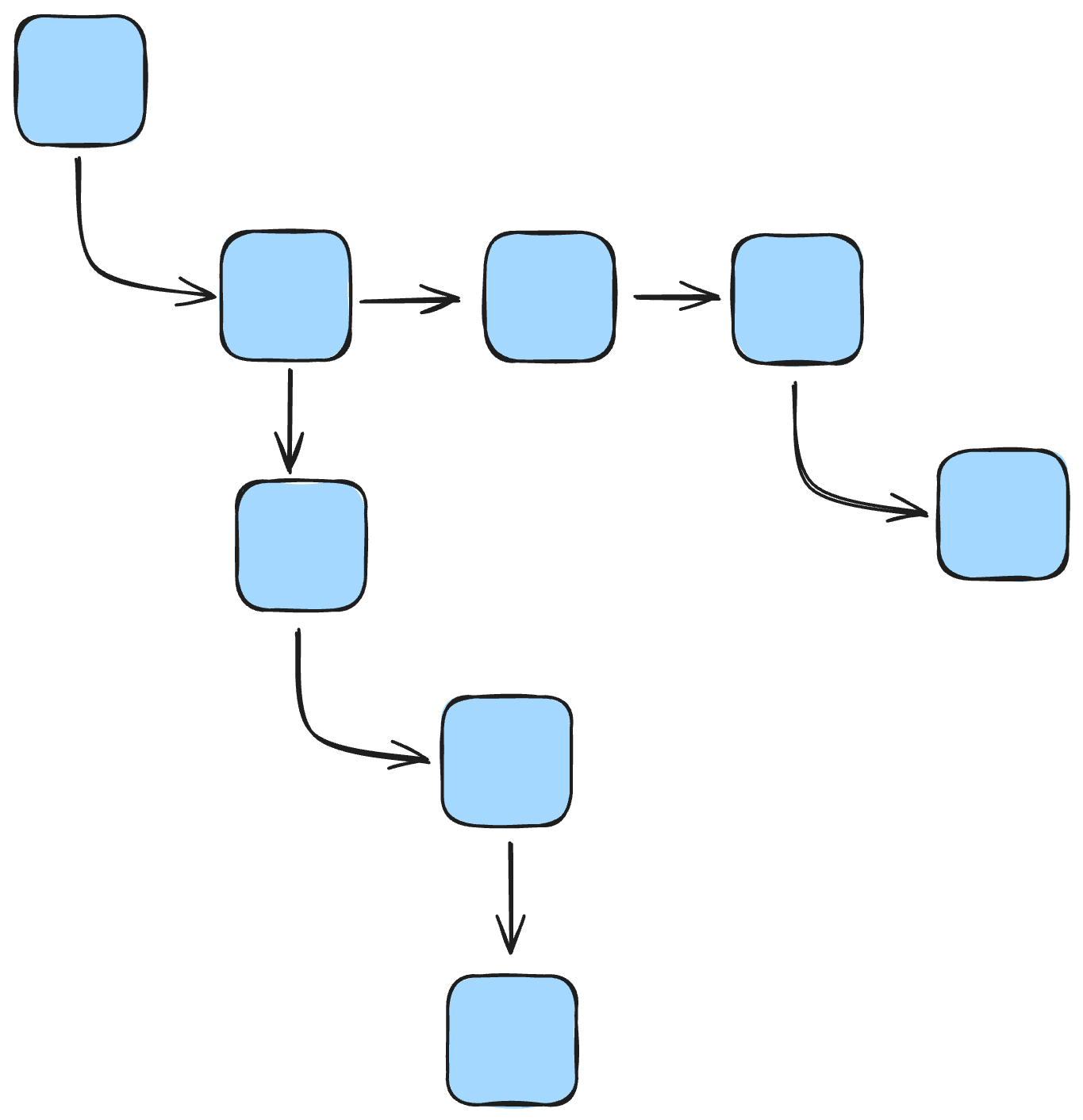
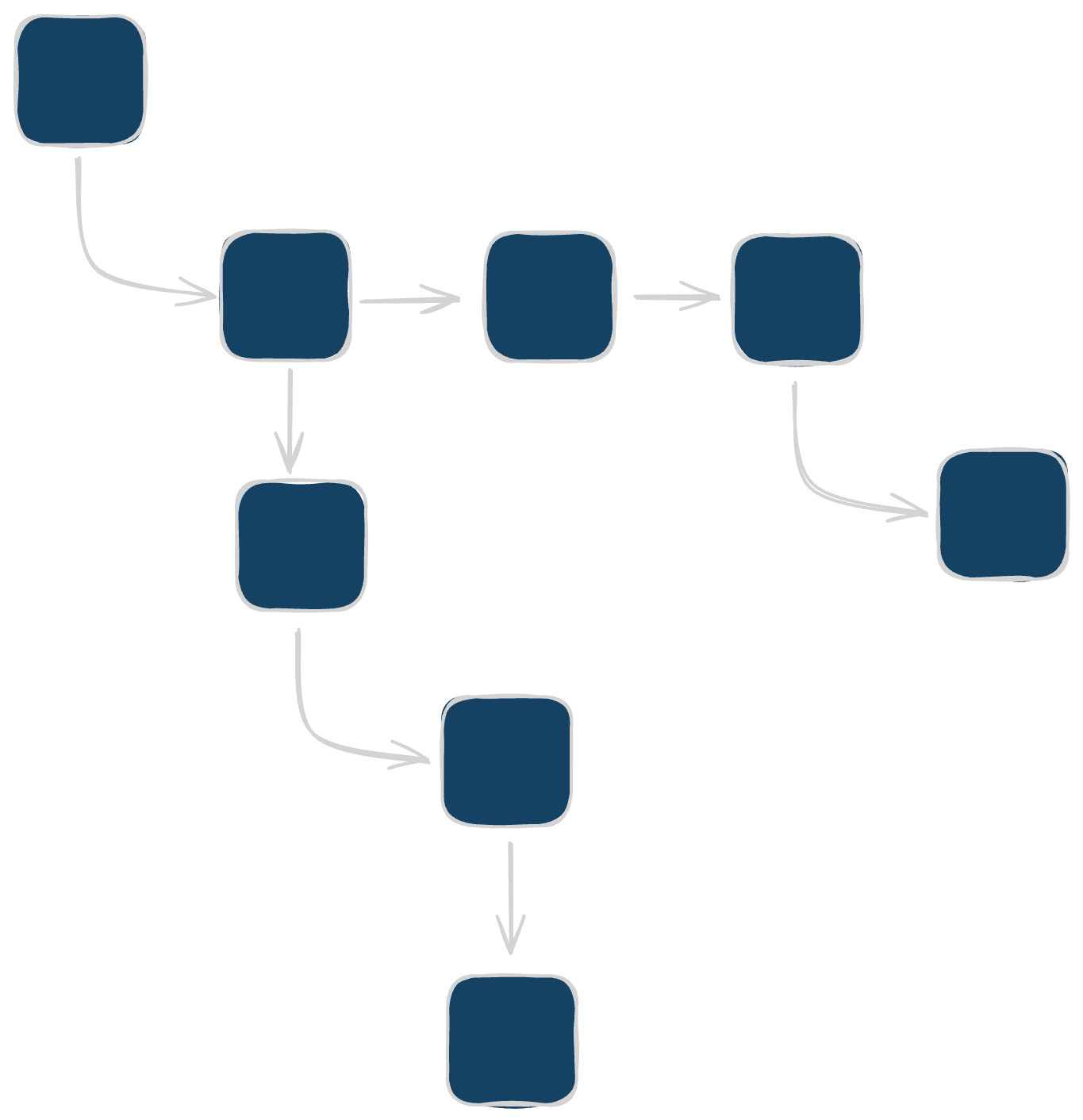
Each component can define UI elements, their associated styles, and manage state to handle dynamic interactions.
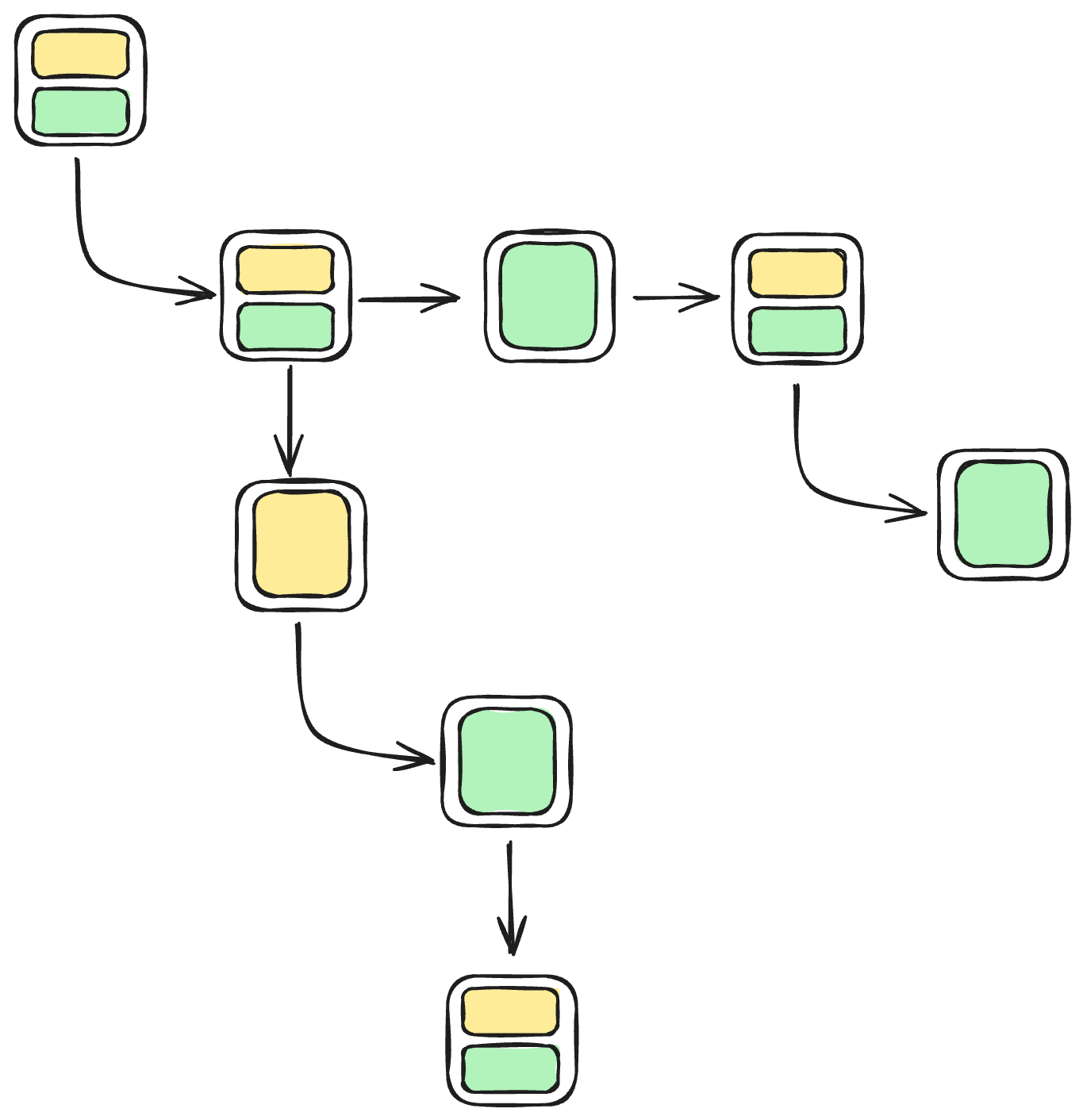
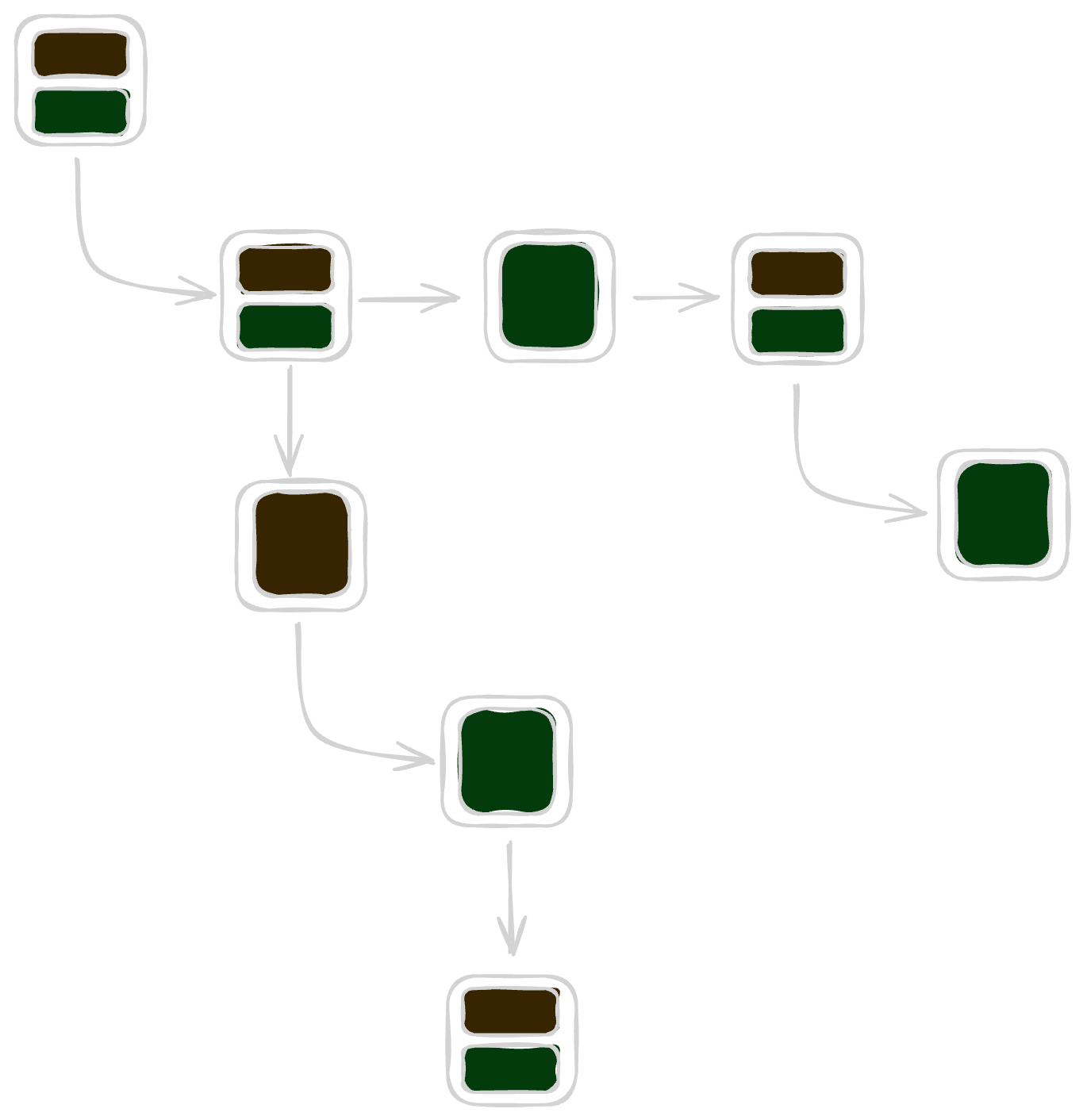
However, not all components handle elements and state equally—some components are purely presentational (elements only), some are stateful (state only), and others combine both. As your application grows more complex and requires greater sharing of state across components, managing state within components can quickly become cumbersome. The UI tree and individual components expand significantly, making it increasingly difficult to differentiate clearly between state management and UI elements.
At a point it is better to separate state management from your UI components:
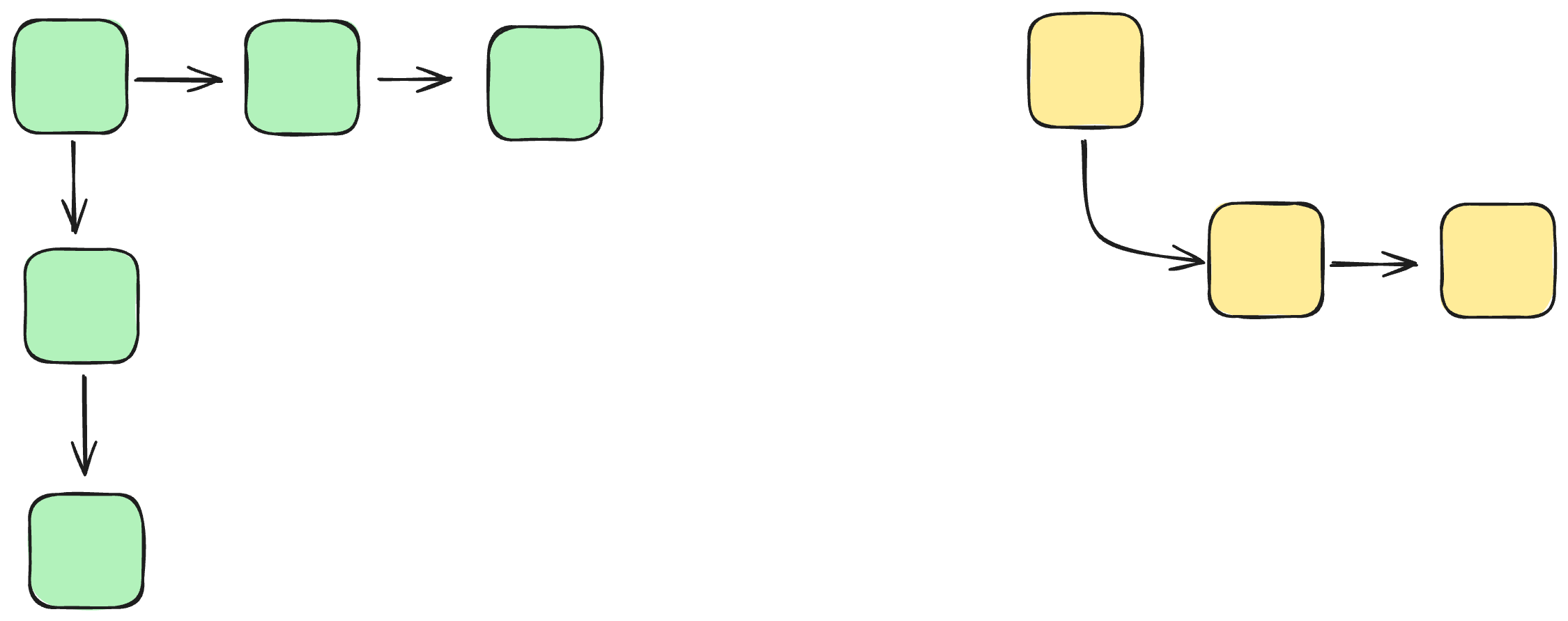
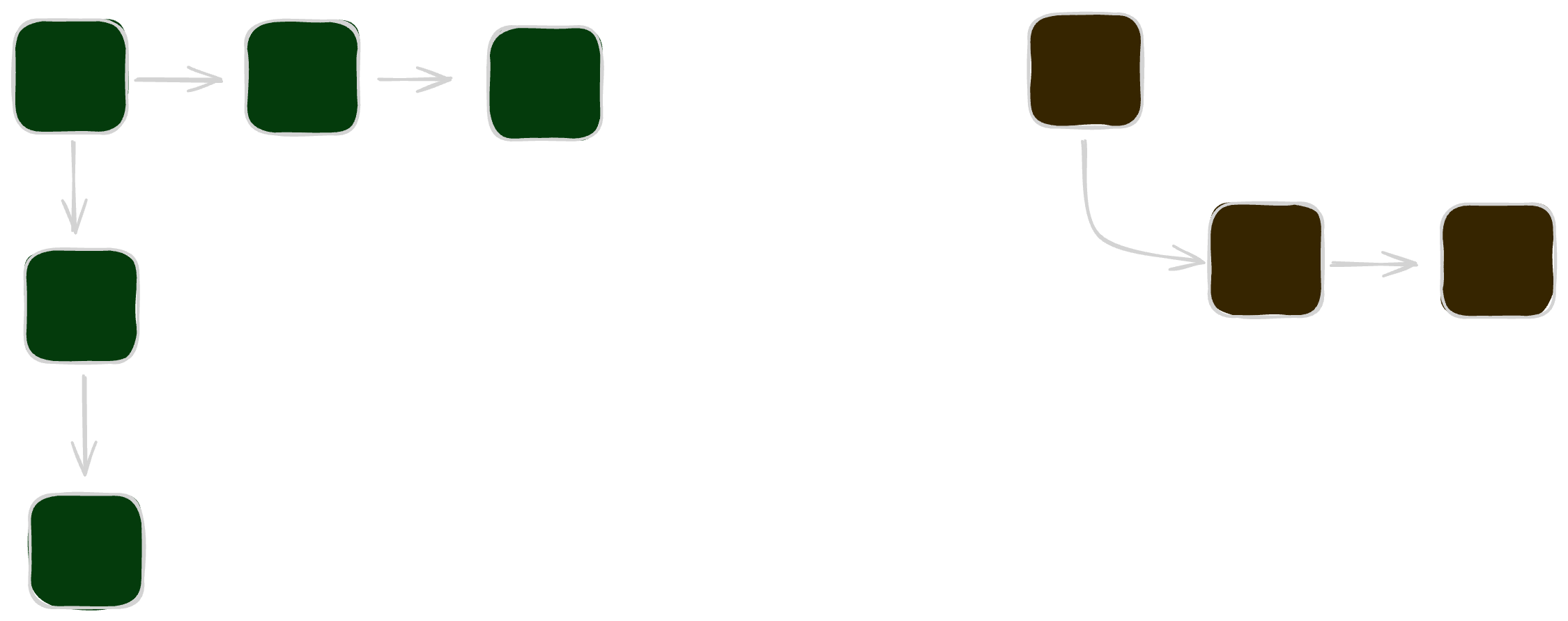
This separation results in a clearer, simpler UI component tree and a more manageable and organized state. Context is the "React way" of achieving this separation, where ReactX gives you an object oriented "just code" way of achieving this separation.
By leveraging ReactX for external state management and React for your UI, you ensure that each tool focuses on its strength—ReactX effectively manages state and data complexity, while React excels in crafting intuitive, responsive user interfaces.